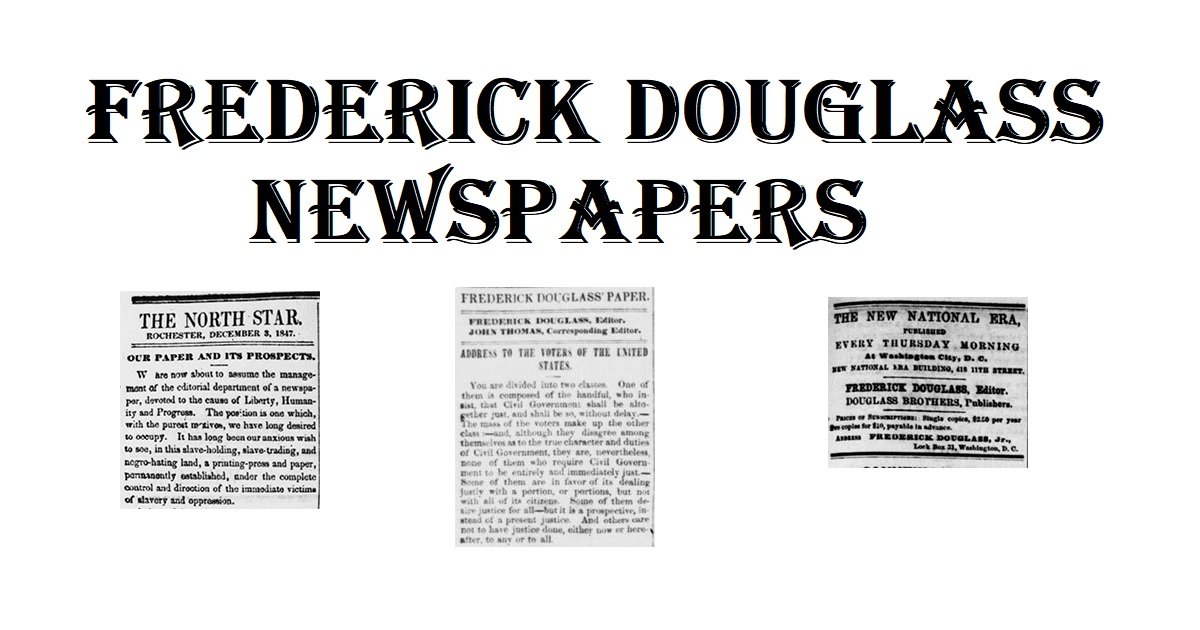Frederick Douglass, a towering figure in American history, is renowned for his passionate advocacy of abolition, civil rights, and social justice. His contributions extended beyond speeches and writings; Douglass harnessed the power of the press to amplify his message. In this article, we delve into the remarkable role of Frederick Douglass’s newspapers in shaping the abolitionist movement and the fight for equality.
1. The North Star: A Guiding Light for Abolitionists
In 1847, Frederick Douglass launched his first newspaper, “The North Star.” The name itself carried powerful symbolism, evoking the idea of a guiding light for those seeking freedom and equality. The paper was a platform for Douglass to express his views on slavery, emancipation, and the urgent need for reform.
2. An Uncompromising Voice
“The North Star” was unapologetically anti-slavery and uncompromising in its stance. Douglass used the newspaper to denounce the horrors of slavery, champion the rights of African Americans, and call for immediate emancipation. His words resonated with readers across the nation, inspiring many to join the abolitionist cause.
3. A Diverse and Inclusive Perspective
Douglass believed in the power of unity and inclusivity. “The North Star” welcomed contributions from various voices, including women, Native Americans, and advocates of other social justice causes. This diversity of perspectives made the newspaper a hub for progressive thought and a catalyst for change.
4. The New National Era: Douglass’s Later Endeavor
In 1870, Douglass merged his newspaper with another publication to create “The New National Era.” This new venture continued his legacy of promoting civil rights and social justice. Douglass remained at the forefront of the newspaper’s operations, using it to address the challenges faced by newly freed African Americans during the Reconstruction era.
5. Beyond the Printed Page: Douglass’s Impact
Frederick Douglass’s newspapers were more than just publications; they were instruments of change. They informed and mobilized communities, providing a voice for the marginalized and disenfranchised. The newspapers were integral to the broader struggle for civil rights, culminating in the abolition of slavery and advancements in civil rights legislation.
6. Legacy and Inspiration
Today, Frederick Douglass’s legacy lives on in the pages of history and in the ongoing fight for justice and equality. His use of newspapers as a tool for advocacy and empowerment continues to inspire activists and journalists alike. His commitment to the power of words and ideas reminds us that the press can be a catalyst for social change.
7. Conclusion
Frederick Douglass’s newspapers, “The North Star” and “The New National Era,” were not merely publications; they were engines of social change. Through the written word, Douglass inspired generations to question the status quo, challenge injustice, and work toward a more equitable society. His newspapers remain a testament to the enduring impact of journalism in the pursuit of a just and free world. Article Sponsored Find something for everyone in our collection of colourful, bright and stylish socks. Buy individually or in bundles to add color to your drawer!
